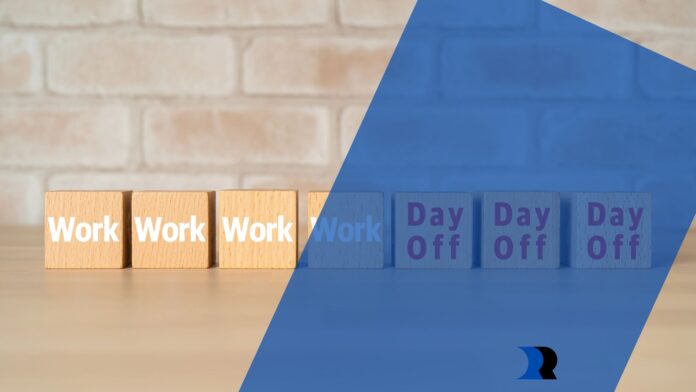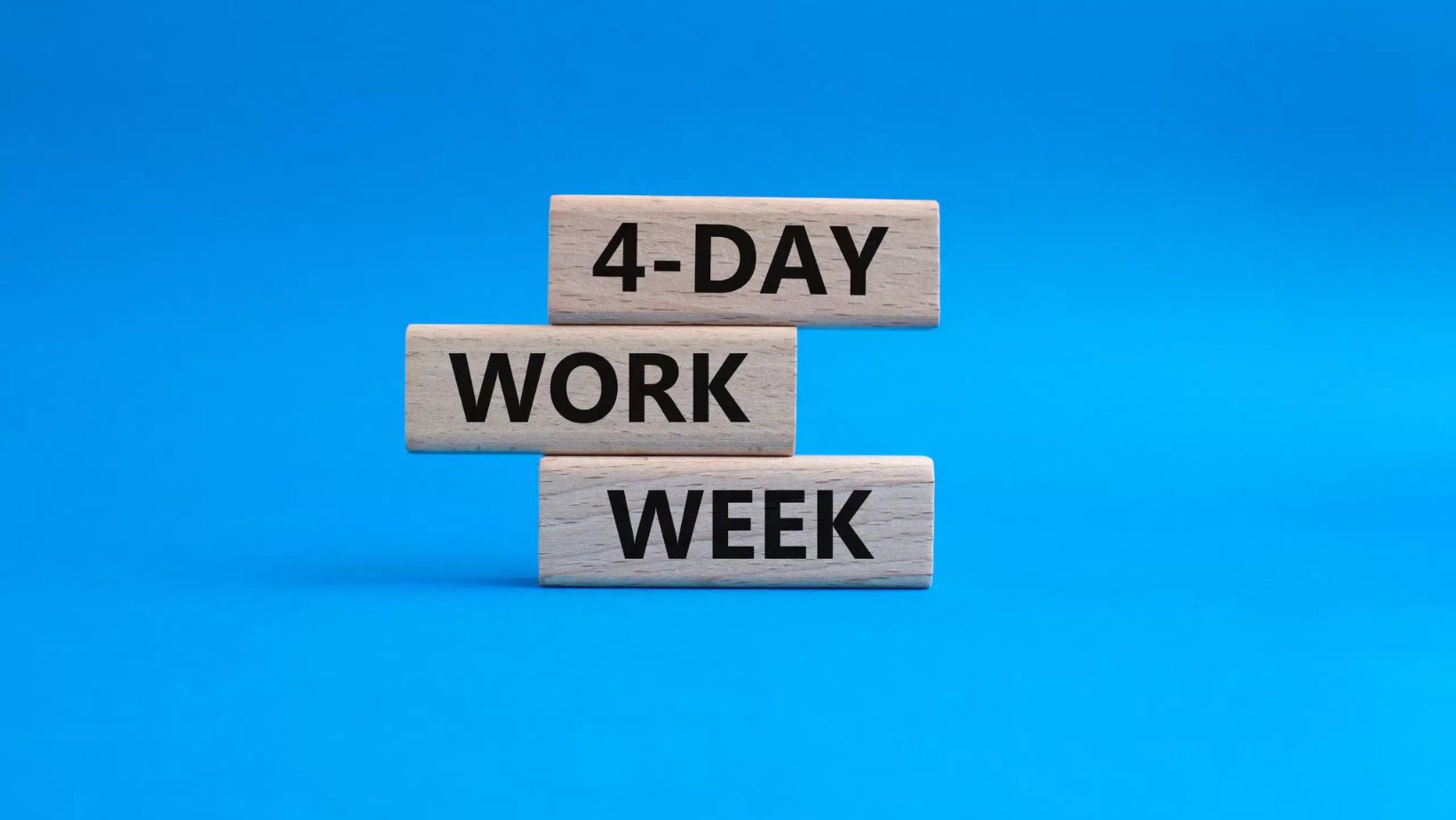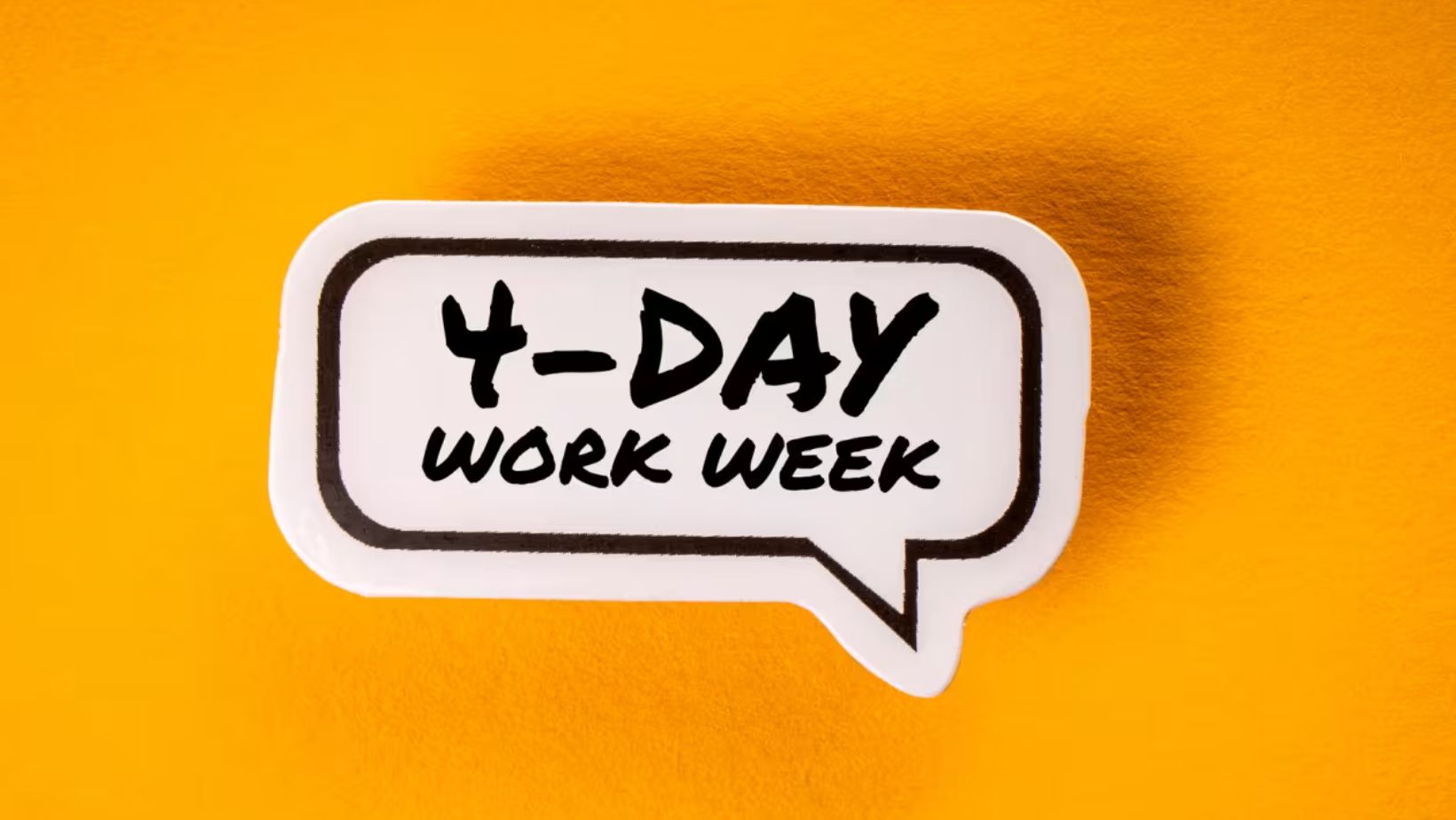Mondays could transform into opportunities instead of cruel jokes when we envision this world. Thursdays serve as people’s preferred day of leisure so the concept of “Sunday scares” disappears. The four-day workweek exists as a real-time advancement which both executives and employees worldwide endorse as an active movement. Workers need to determine whether day-reduction programs actually boost their performance and well-being beyond being a transient management fad that resembles passing workplace initiatives.
The Productivity Paradox: Less Time, More Output?
Every worker has experienced this situation where they fake attendance at work by exploring travel destinations through Google. The 40-hour workweek format which dates back to the Industrial Revolution received criticism when scientists demonstrated that concentrated periods of work will lead to greater output.
Take Microsoft Japan, for instance. Through their four-day workweek trial Microsoft Japan recorded a wave of increased productivity reaching 40%. The Icelandic population embraced this approach which resulted in more than 90% of workers receiving reduced work durations without any mentionable impact on their productivity. Several tech startups and corporate giants including Unilever now advertise the possibility of maintaining existing pay while employees spend fewer working hours.
The logic? Parkinson’s Law states that “work expands to fill the time available for its completion.” Translation: If you have five days to do a task, you’ll take five days. But if you only have four? You’ll focus, cut out useless meetings (we’re looking at you, Zoom marathons), and get things done efficiently.
Interestingly, the concept of maximizing efficiency isn’t just a workplace concern. The gaming industry follows a similar philosophy—platforms like Slotsgem curate only the most engaging slot games to ensure users get maximum entertainment in less time. Just like the four-day workweek, it’s all about cutting the fluff and focusing on what matters most.
Employee Well-Being: A Fantasy or the Real Deal?
Picture this: You leave the office on Thursday afternoon knowing you have an extra day of freedom. Maybe you hit the gym, spend time with your kids, or finally take that painting class you keep putting off. With an extra day off, burnout levels drop, job satisfaction rises, and work-life balance actually becomes more than just a buzzword.
A UK-based trial involving 61 companies found that 39% of employees felt less stressed, and 71% reported lower burnout levels after switching to a 32-hour workweek. Fewer hours meant more sleep, exercise, and family time, leading to happier, healthier workers—which, ironically, made them better employees.
Of course, not every industry can operate on a four-day schedule. Doctors, emergency responders, and customer service reps don’t get to simply clock out a day early. But even in these cases, companies are experimenting with staggered shifts or giving employees more autonomy over their schedules.
The Skeptics: Can Businesses Actually Make This Work?
Not everyone is convinced that a four-day workweek is the golden ticket to productivity and happiness. Some executives fear a loss of profits, while others argue that the model doesn’t work for every job type. There’s also the danger of cramming 40 hours of work into 32, leading to increased stress and unrealistic expectations.
Take the case of France’s 35-hour workweek experiment—while it had its perks, some employees ended up working unpaid overtime to compensate. And let’s not forget industries where deadlines are non-negotiable. Can you really tell a lawyer or a stock trader to shut their laptops at 5 p.m. on a Thursday and call it a week?
Then there’s the corporate FOMO—some managers simply like having their teams within arm’s reach, even if half the office is pretending to work while shopping online. A major cultural shift would be needed to trust employees to do their jobs in fewer hours.
So, What’s the Verdict?
Is the four-day workweek the future of business, or just another Silicon Valley fever dream? The answer lies somewhere in between. If done right, with clear expectations, smarter work processes, and a commitment to genuine flexibility, businesses could see happier employees, higher productivity, and even cost savings (fewer office expenses, anyone?).
But for companies stuck in the old ways of measuring success by butts in seats rather than actual results, making the leap might be too daunting.
One thing is certain: The traditional five-day, 9-to-5 grind is on trial, and the workforce is watching closely. Whether the four-day workweek becomes the new norm or just another workplace trend that fizzles out like open-office plans and standing desks remains to be seen.
But if you ask the average worker? They’ll take three-day weekends over mandatory team-building retreats any day.




